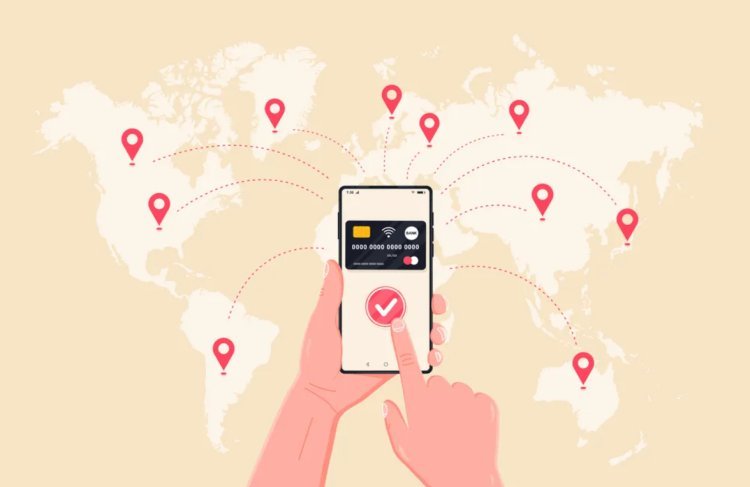Cross-border payments are not new, but the push to make them faster and cheaper is reaching a tipping point. As the pandemic has worn on, it has only fueled the growth of E-commerce, removing geographical boundaries across the globe for consumers and businesses alike. As a result, recent data from Juniper Research shows that the total value of B2B cross-border payments will grow by 30% between 2020 and 2022, reaching $35 trillion.
As cross-border payments continue to ramp up, many organizations are becoming all too familiar with the unique set of challenges these payments present. Between the cost and administrative burden of facilitating cross-border payments, many companies must reevaluate their processes to forge a path to cross-border success.
The Differences Between Domestic & Cross-Border Payments
Sending payments internationally is more complicated than sending money domestically. It is not possible to simply scale up existing payment strategies; instead, companies must create an entirely new game plan that addresses the differences across various regions.
Because the payee and the transaction recipient are based in separate countries, they will likely (although, not always) use different currencies, deploy different payment methods, and adhere to different payment regulations. Managing the process requires a degree of sophistication that not all organizations have in place currently.
Facilitating safe, secure, and reliable payment transfers across borders is complex. Payment must be converted from one system to the other. To guarantee security throughout this process, companies may need more support in the form of payment service providers that are experienced in global transactions. Otherwise, they face a unique set of challenges.
The Unique Challenges of Cross-Border Transactions
There are many ways for a company to send money internationally, the most common being a credit card or bank transfer. Each of them can come with unique challenges if they aren’t conducted in partnership with a global payments provider.
Credit cards can seem like the easiest option, especially with the main vendors being used internationally already. Having said that, although the consumer interface is simple, the backend of the transaction is a lot more complex than for a domestic transfer. Due to the conversion of currencies, there must be additional verification layers conducted by the credit card networks and acquiring banks. This usually results in extra fees that trickle down the payment chain, cutting profit from the original payment and damaging bottom lines.
Alternatively, wire or bank transfers have fewer unexpected fees, but costs can still add up. On top of that, there may be delays for the recipient, particularly when dealing with less popular currencies; banks only keep a limited number of currencies “in stock,” meaning that they may need to use other international partners to facilitate the payment — often requiring additional costs and processing time.
Read More: The Rise of Cross-Border Payments

















